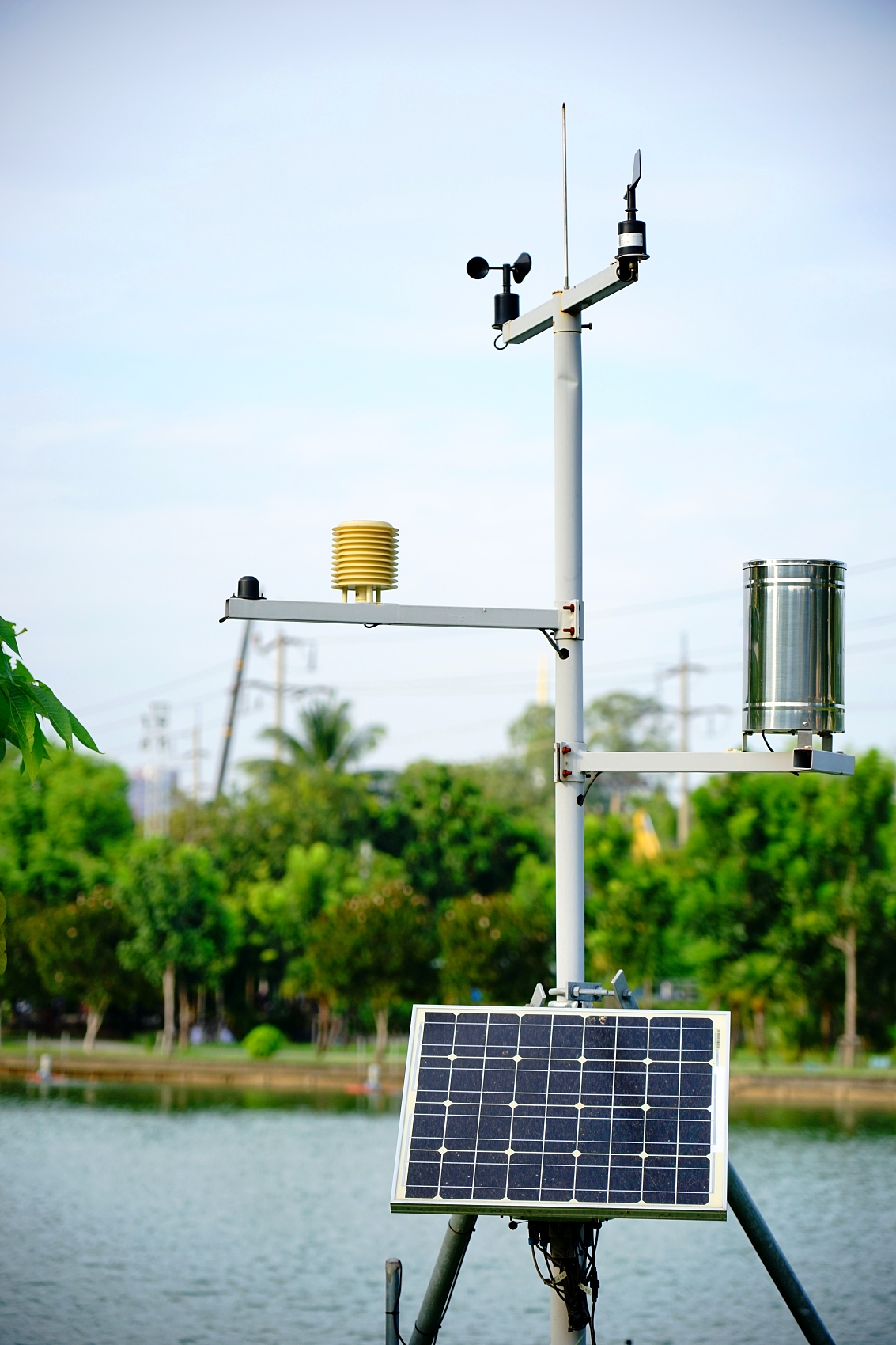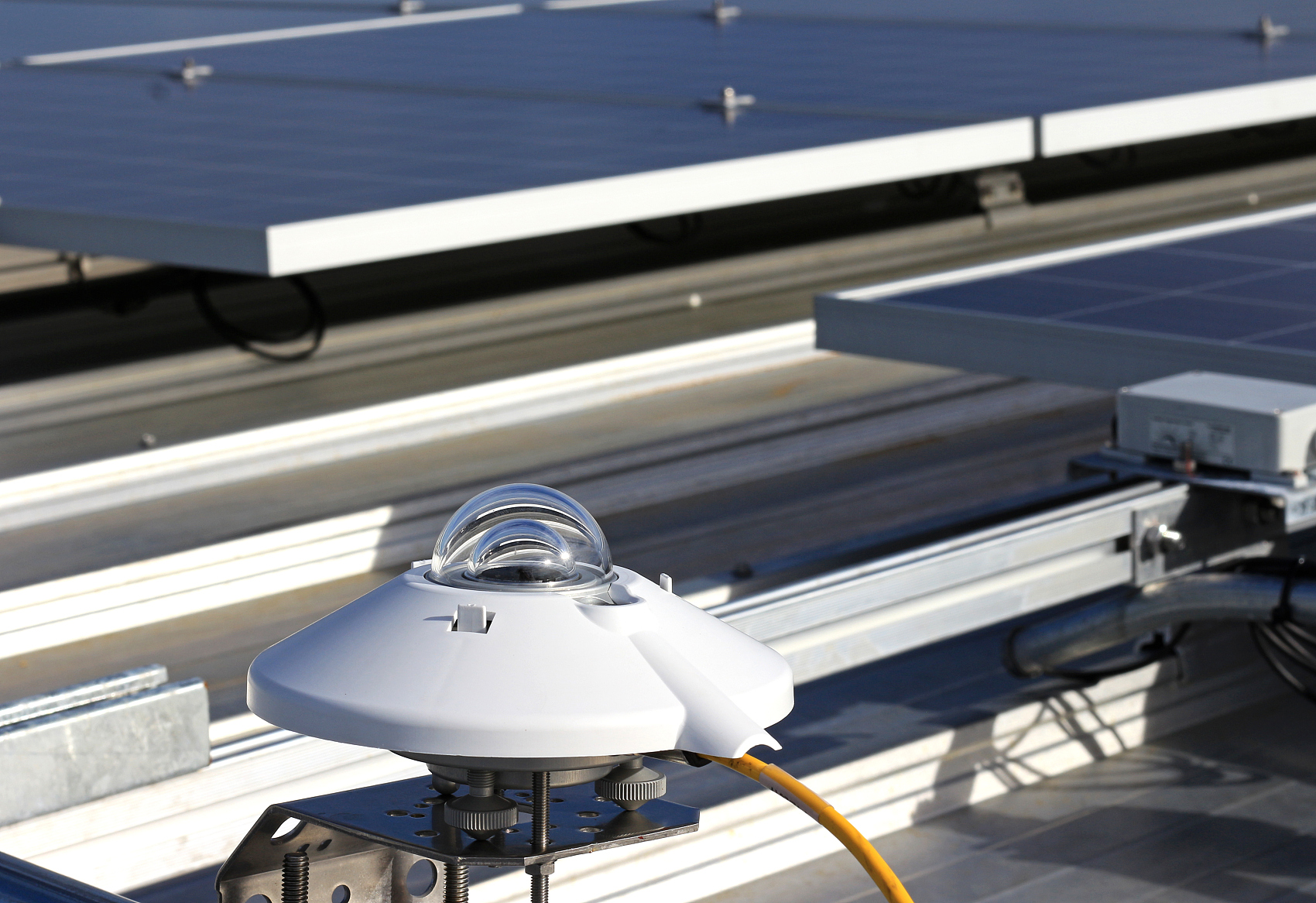The solar power industry has grown a lot in recent years. This growth is because of the global demand for cleaner and more sustainable energy sources. The efficiency and effectiveness of solar energy systems depend a lot on environmental factors. These include sunlight, temperature, and weather conditions.
Automatic weather stations are very important for improving solar power generation. They are a key tool in the solar energy field. This article explores why automatic weather stations are essential for the solar power industry.

An automatic weather station (AWS) is a system that works on its own. It checks and records weather data. This includes temperature, humidity, wind speed and direction, solar radiation, and atmospheric pressure.
These stations have advanced sensors and data loggers. They provide real-time weather data, which is important for solar power operations. By monitoring local environmental conditions, automatic weather stations offer valuable insights into the performance and efficiency of solar power systems.
Maximizing Solar Energy Production
The primary factor influencing solar panel efficiency is the amount of sunlight received by the panels. Solar radiation, or the intensity of sunlight, directly impacts the amount of energy generated by a solar power system.
Automatic weather stations monitor solar radiation levels, helping to assess whether weather conditions are optimal for energy production. By collecting and analyzing this data, solar operators can improve their systems. They can increase output on sunny days and expect lower production when it is cloudy or rainy. This data helps optimize energy generation and ensures that the solar power system is working at its highest capacity.
Forecasting Energy Production
One of the key challenges in solar energy is its variability, as it is dependent on weather conditions. An automatic weather station provides real-time data that helps forecast energy production more accurately.
By watching weather patterns like cloud cover, temperature, and wind speed, solar energy providers can predict energy production. They can estimate how much energy will generate at certain times of the day or in the coming days. Accurate forecasting helps manage the grid better. It also ensures a more reliable supply of solar power, even with unexpected weather changes.
Monitoring Temperature for Panel Efficiency
Temperature is another critical factor that affects the performance of solar panels. While solar panels need sunlight to generate energy, high temperatures can reduce their efficiency. Automatic weather stations track ambient temperature, providing data that helps solar energy operators understand how temperature fluctuations impact solar panel output.
Solar farms can monitor temperature trends. This helps them adjust their operations for better performance. They can cool systems or change the angle of panels to prevent overheating.
Improving Maintenance and Performance Monitoring
Automatic weather stations also play an important role in monitoring the performance and health of solar power systems. The data on local weather helps us see any possible damage from extreme weather events. For example, high winds or heavy snow can affect panel alignment or cause physical damage.
By watching the weather in real-time, operators can expect weather problems. They can also plan maintenance tasks and make sure solar panels work well. This predictive maintenance can extend the lifespan of solar energy systems and reduce downtime.
Optimizing System Placement and Design
The placement and design of solar energy systems are crucial to their efficiency. Solar designers and engineers use data from weather stations. This helps them find the best locations for solar panel installations.
Data on wind patterns, solar radiation, and temperature changes collected by AWS can help place panels better. This can prevent shading, overheating, and wind damage. Weather data helps find the best tilt angles for panels. This improves their sunlight exposure and maximizes energy production.
Enhancing Energy Storage Management
In solar energy systems, the ability to store excess energy for use during non-sunny hours is critical. Automatic weather stations provide essential data for better management of energy storage systems. By predicting solar energy production using real-time weather data, operators can manage battery storage better.
This helps store extra energy during sunny days and use it wisely when it is cloudy or rainy. This makes solar power systems more reliable and efficient. This is important in places where sunlight is not steady all day.
Supporting Regulatory Compliance and Reporting
In many countries, solar power systems are required to comply with environmental regulations that govern energy production and efficiency. Automatic weather stations provide accurate, continuous data that can be used for regulatory reporting. This data helps solar power companies meet standards set by local authorities, demonstrating that their operations align with environmental and energy efficiency guidelines.
Weather data can help support performance claims. It can also verify how well solar power systems work in different environments.

Increased Efficiency and Reliability
Automatic weather stations provide real-time data that enables solar energy operators to optimize system performance and anticipate potential weather-related disruptions. This leads to more efficient and reliable energy production, ensuring that solar power systems operate at their peak capacity.
Cost Savings
By accurately forecasting energy production and monitoring environmental factors, solar operators can reduce operational costs. For instance, anticipating low energy production during cloudy days allows operators to optimize energy storage, preventing over-reliance on grid power. Moreover, predictive maintenance based on weather data can reduce costly repairs and downtime caused by weather-related damage.
Improved Decision-Making
The integration of weather data into decision-making processes enhances strategic planning in solar power projects. Weather stations give important information for solar farms. They help operators make smart choices about panel placement and energy forecasting. This results in improved sustainability and profits in the long run.
Enhanced Grid Integration
Accurate weather forecasting and energy production data allow solar power to be more effectively integrated into the electrical grid. Solar power providers can work with grid operators. This helps manage energy flow and makes sure energy production matches grid demand. This improves grid stability and reduces the risk of energy shortages or surpluses.
Automatic weather stations are important for the solar power industry. They provide many benefits. These benefits help improve energy production, increase efficiency, and lower operational costs.
These stations provide real-time data on solar radiation and temperature. They also help with maintenance and system design. This support is crucial for the success of solar energy systems.
As the solar industry grows, using accurate weather data will be important. This will help us make the most of solar energy and support a sustainable future for renewable power.
Discover how water level sensors reduce labor co
Learn how CODA Sensor solar radiation and PAR se
Discover how real-time weather station data impr
Contact: Molly
Phone: +86-17775769236
Tel: 86-0731-85117089
Email: molly@codasensor.com
Add: Building S5, Aux Square, Yuelu District, Changsha City, Hunan Province, China
We chat